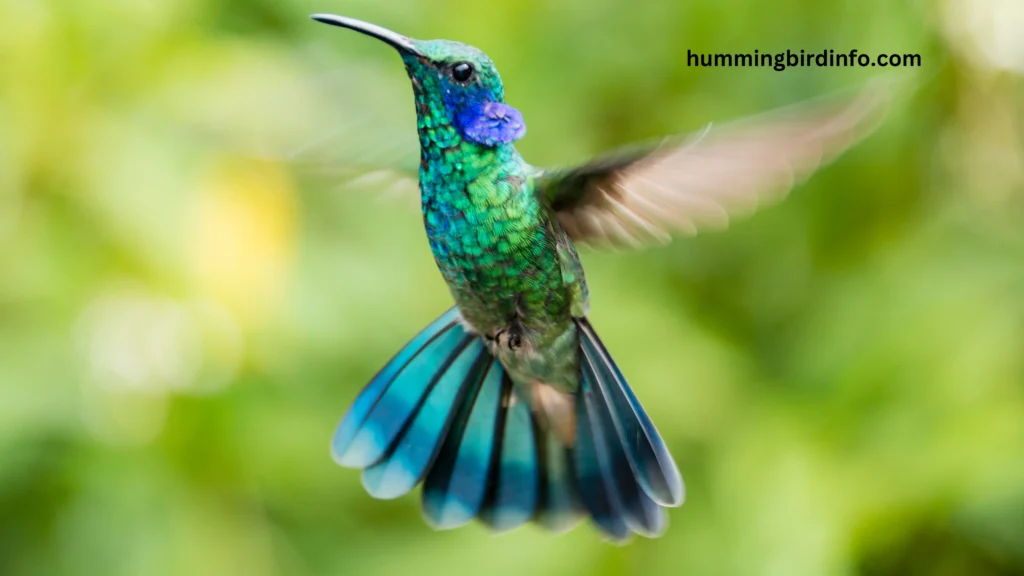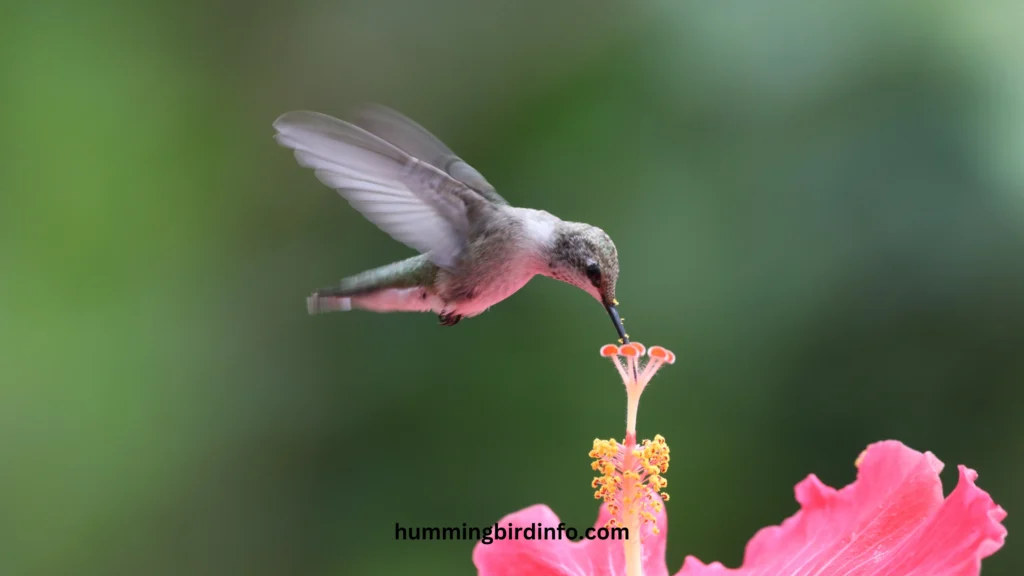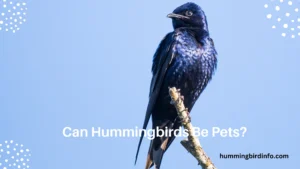When early European explorers first stepped onto the lush lands of the New World, they were met with sights and sounds utterly foreign to them.
Among the most breathtaking discoveries were tiny, glittering birds that hovered in mid-air, darted like arrows, and shimmered like living gems. These creatures—hummingbirds—defied all familiar logic.
Their wings beat so fast they blurred into invisibility, and their size made many doubt whether they were birds at all. These first encounters sparked curiosity, awe, and no small amount of confusion.
But while these delicate marvels were “new” to Europe, they had long been respected, studied, and celebrated by the indigenous peoples of the Americas. For them, hummingbirds were not just biological creatures but powerful symbols of life, love, and war—woven deeply into their mythology and spirituality.
The Western world, on the other hand, embarked on a slower, messier path of discovery, trying to name, classify, and understand these elusive fliers through the lens of their own beliefs and science.
So, who really discovered the hummingbird? The answer is more layered than a name in a textbook. In this article, we’ll trace a timeline of how hummingbirds entered the Western imagination—from stunned explorers and misled scientists to the rich indigenous wisdom that was always there.
We’ll uncover how culture, science, and storytelling came together to shape our understanding of one of the natural world’s most mysterious and magnificent beings.
Contents
- 1 Encounters in the New World: Early Explorers and Hummingbirds
- 2 Indigenous Knowledge: A Pre-Existing Understanding
- 3 The Age of Natural History and Classification
- 4 Detailed Studies and Discoveries by Naturalists
- 5 Unraveling the Mysteries of Hummingbird Biology
- 6 Modern Research and Ongoing Discoveries
- 7 Conclusion
- 8 FAQs
- 9 1. Who first documented a hummingbird in writing?
- 10 2. Did indigenous people know about hummingbirds before Europeans?
- 11 3. Why were hummingbirds so confusing to early explorers?
- 12 4. What does the name “hummingbird” mean?
- 13 5. Who scientifically classified hummingbirds?
- 14 6. Are hummingbirds found worldwide?
Encounters in the New World: Early Explorers and Hummingbirds
When Christopher Columbus made landfall in the Americas, his logs didn’t name hummingbirds, but later explorers surely took note. These birds, unseen in Europe, seemed like magical hybrids—part bird, part insect, with metallic feathers and unnatural flight. Their uniqueness made them instantly iconic.

French explorer Jean de Léry, in 1557, described them in astonishment during a Brazilian voyage. He called them “no larger than a hornet or stag beetle,” marveling at their “extraordinary wonder and a masterpiece of minuteness.” Such vivid accounts gave Europe its first recorded glimpse into the hummingbird’s world.
Other Spanish and Portuguese explorers added names like “flower-kissers” or “bird-flies,” showing their struggle to place these birds within known categories. Their early impressions were often marked by misunderstanding, with some unsure whether hummingbirds were insects, birds, or something in between.
Settlers and naturalists initially debated their nature, fascinated by their flight and brightness. Lacking the tools of modern ornithology, their observations were emotional rather than scientific—fueled by wonder but limited by knowledge.
Yet these early writings, though scattered and flawed, marked the beginning of hummingbirds’ entry into the Western worldview—a doorway opened by awe, even if poorly understood.
Indigenous Knowledge: A Pre-Existing Understanding
Long before Europeans arrived, indigenous cultures across the Americas had developed deep knowledge of hummingbirds. These birds were not mysteries, but neighbors—respected, studied, and even spiritually revered.
To the Aztecs, hummingbirds held divine power. Their god of war and the sun, Huitzilopochtli, was often depicted as or associated with a hummingbird. This symbolized strength, rebirth, and vitality, showing the bird’s sacred stature.
Among North American tribes, the hummingbird became a symbol of healing, perseverance, and joy. Legends spoke of their bravery, their role as messengers, or their ability to carry the hopes of the living across realms.
These cultures also had practical knowledge. They knew how to attract hummingbirds, which flowers they favored, and the ecological roles they played as pollinators. This understanding, though often ignored by Europeans, shaped their own relationship with the environment.
The indigenous worldview saw hummingbirds not as curiosities but as threads in a greater natural web. Their understanding was observational, cultural, and intuitive—a stark contrast to the reductionist approach of later scientists.
In truth, it was not that hummingbirds were “discovered” in 1492—it’s that Europe finally caught up to what was already known and celebrated.
The Age of Natural History and Classification
By the 17th century, hummingbirds had found their way into the scientific curiosity cabinets of Europe. In 1638, Georg Markgraf, a German naturalist in Brazil, included them in his Historia naturalis Brasiliae—marking one of the earliest systematic Western descriptions.
The word “hummingbird” likely emerged around this time, inspired by the humming noise created by their rapid wingbeats. It was a name born from observation, giving them a firm place in the lexicon of European science.
In the 18th century, Carl Linnaeus, the father of modern taxonomy, formally classified hummingbirds. He placed them within the Animal Kingdom, introducing Latin names and beginning the long process of scientific organization.
French naturalist Buffon compared them to birds of paradise, calling them “living jewels”. Some even believed they lacked feet—another exotic myth bred from admiration and poor anatomical knowledge.
Though sometimes fanciful, these efforts reflected a growing European hunger for knowledge. Hummingbirds were no longer just mystical—they were now specimens to be studied.
As they entered books and cabinets, hummingbirds began their transformation from mythical marvels to scientific subjects.
Detailed Studies and Discoveries by Naturalists
The 18th and 19th centuries saw a rise in dedicated ornithologists who studied hummingbirds in earnest. They produced field sketches, anatomical drawings, and even behavioral notes—bringing clarity to earlier confusion.
One towering figure was John James Audubon, the famed American naturalist. His illustrations captured hummingbirds in lifelike poses, showing not just beauty but behavior and ecology.
Hummingbird specimens became luxury items in Europe. Museums and collectors prized them for their iridescent feathers, adding to the growing European fascination with the exotic.
These discoveries revealed a stunning fact: hummingbirds weren’t just one species, but a diverse family of over 300 species, ranging from the Andes to Alaska.
This was a scientific and cultural revelation. The birds once thought rare and magical were now recognized as a vast, adaptive marvel of evolution.
Unraveling the Mysteries of Hummingbird Biology
Modern biology began answering deeper questions. Scientists studied their hovering flight, revealing how they could move backward, sideways, and hover in place—a feat few birds can match.
Their metabolism turned out to be astonishing. Hummingbirds have the highest metabolism of any bird, requiring them to feed constantly on nectar and insects to survive.
Their tongues aren’t straws, but tube-like structures that use capillary action and muscle coordination—an adaptation unique to their nectar-feeding lifestyle.
They also migrate long distances, with species like the Ruby-throated Hummingbird flying non-stop across the Gulf of Mexico. During cold nights, they enter torpor, a state of near-hibernation to conserve energy.
Scientists also found they co-evolved with flowers, shaping their bills to match blossoms—a living example of mutual adaptation and ecological balance.
Modern Research and Ongoing Discoveries
Today, genetic studies are rewriting the hummingbird family tree, uncovering surprising evolutionary relationships between distant species.

New species are still being discovered in remote regions, reminding us that the story of hummingbirds is still unfolding.
Conclusion
The “discovery” of hummingbirds wasn’t a single moment—it was a process of perception, shaped by culture, wonder, and science. From early explorers to modern biologists, each phase added layers of meaning and understanding.
This journey reflects how humans engage with nature—first through awe, then through classification, and ultimately through appreciation and protection.
Hummingbirds continue to fascinate and inspire. As we learn more, they remind us that the world still holds mystery, beauty, and connection, waiting for those willing to truly see.
FAQs
1. Who first documented a hummingbird in writing?
Jean de Léry in 1557 was among the first Europeans to describe a hummingbird in writing, calling it a “masterpiece of minuteness.”
2. Did indigenous people know about hummingbirds before Europeans?
Yes, indigenous peoples had millennia-old knowledge of hummingbirds, integrating them into myth, ecology, and daily life.
3. Why were hummingbirds so confusing to early explorers?
Their tiny size, rapid flight, and insect-like motion made explorers unsure if they were birds, insects, or something else.
4. What does the name “hummingbird” mean?
The name comes from the hum produced by their fast-beating wings, heard clearly when they hover.
5. Who scientifically classified hummingbirds?
Carl Linnaeus first included them in his taxonomy, giving them a place in the scientific order of birds.
6. Are hummingbirds found worldwide?
No, they are native only to the Americas, ranging from Alaska to South America.








